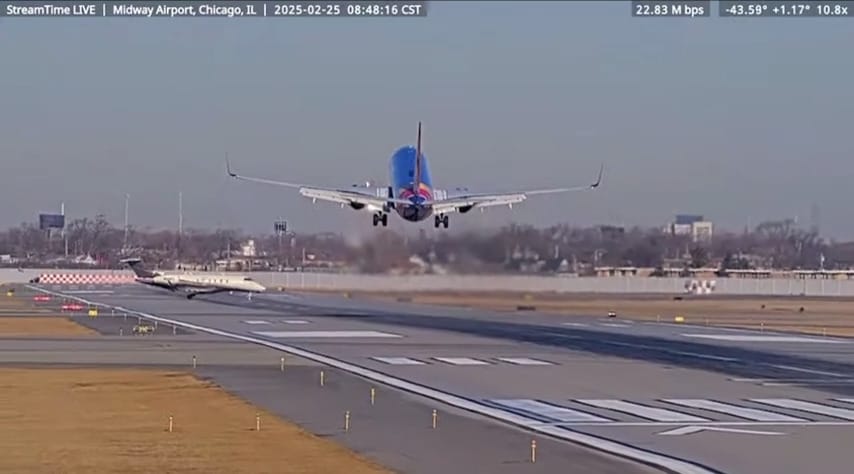Why WiFi Doesn't Work on Delta's A321neo to Hawaii
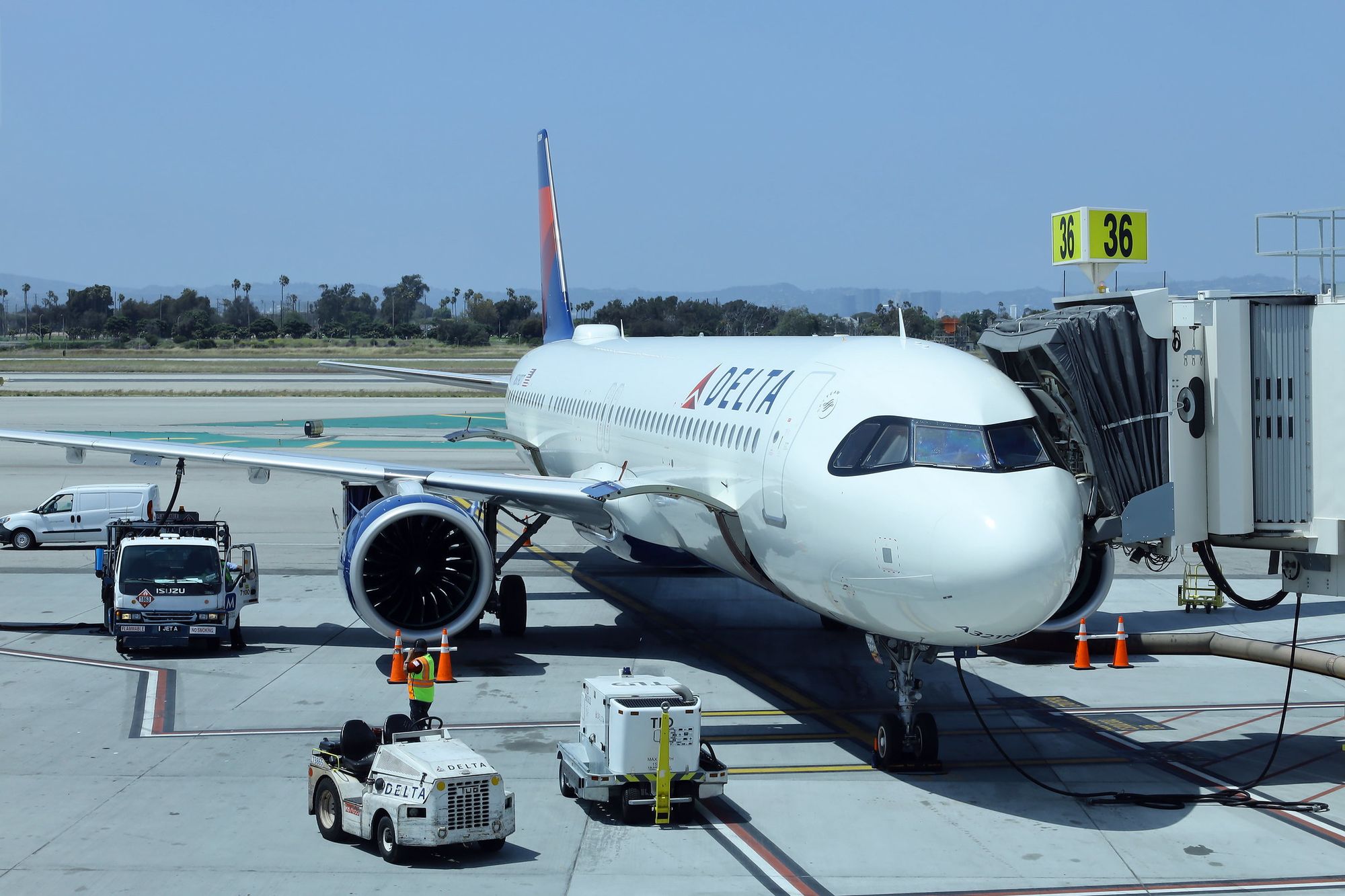
Editor's Note: The article was updated to reflect inaccurate information, the reflector was affected not the solar panels.
Recently I was on a trip to Hawaii, flying in Delta's new A321neo aircraft, during the boarding they made an announcement that WiFi wasn't going to be available during the flight and offered complimentary headphones to those who didn't bring their own entertainment.
This got me wondering, why doesn't WiFi work on Delta's brand new aircraft to Hawaii, I've flown both 757s and wide bodies to Hawaii and they both had WiFi available.
I happened to ask the flight attendant as she had some downtime on to why the airplane's blazing fast satellite based WiFi didn't work when flying to Hawaii, she came back with quite the interesting answer. Apparently Delta's WiFi technology is too new, and the satellites they need to support their inflight WiFi aren't operational yet. This got me thinking and I got lost in a rabbit hole of satellite internet providers.
ViaSat-3: Americas
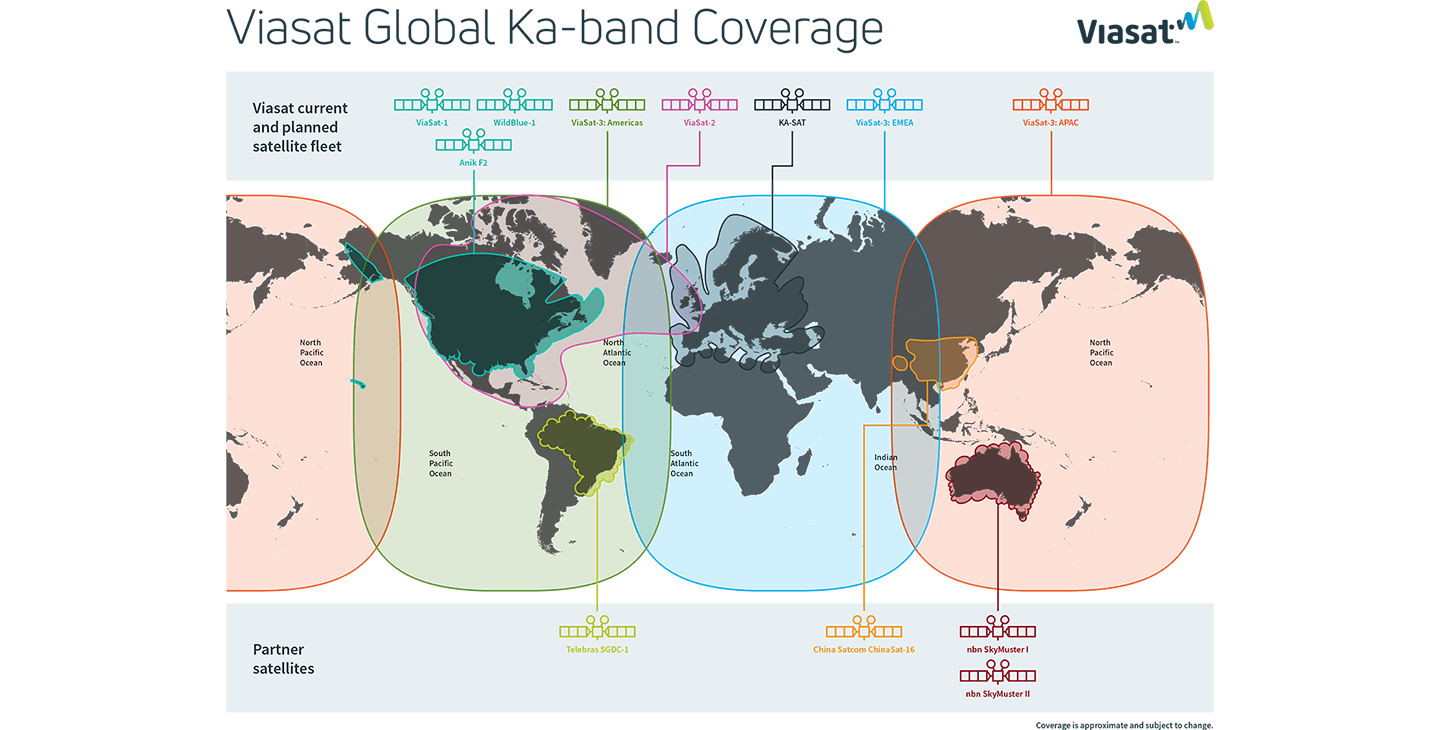
Delta has chosen ViaSat to power their next generation of WiFi onboard their airplanes, it's fast and has the capacity for dozens of users to stream and download data while flying. Currently they're transitioning to their next generation of internet satellites that will cover larger parts of the world, this is called ViaSat-3.
ViaSat-3 will be three satellites that cover three major regions of the world, Americas (which covers North and South America and some of Greenland), EMEA (which covers Europe and Africa and India), and lastly APAC (which covers China and Australia and the rest of the Pacific region).
ViaSat-3 is still being deployed and the first of the three satellites was launched in May of 2023, however during deployment of the ViaSat-3: Americas satellite there was a problem with the reflector that puts the satellite at risk for not being able to be used to its fullest potential. While this work is being done the satellite is not in use and the huge area expected to be covered is not able to be used.
From what it looks like Delta's current ViaSat fleet can only be covered by ViaSat-1 which is limited to the continental United States and most of the southern part of Canada. This currently powers most of Delta's ViaSat aircraft without issues, but as you can see from the graphic above ViaSat-1 does not provide any coverage from the mainland to the Hawaiian islands.
The curse and the advantage
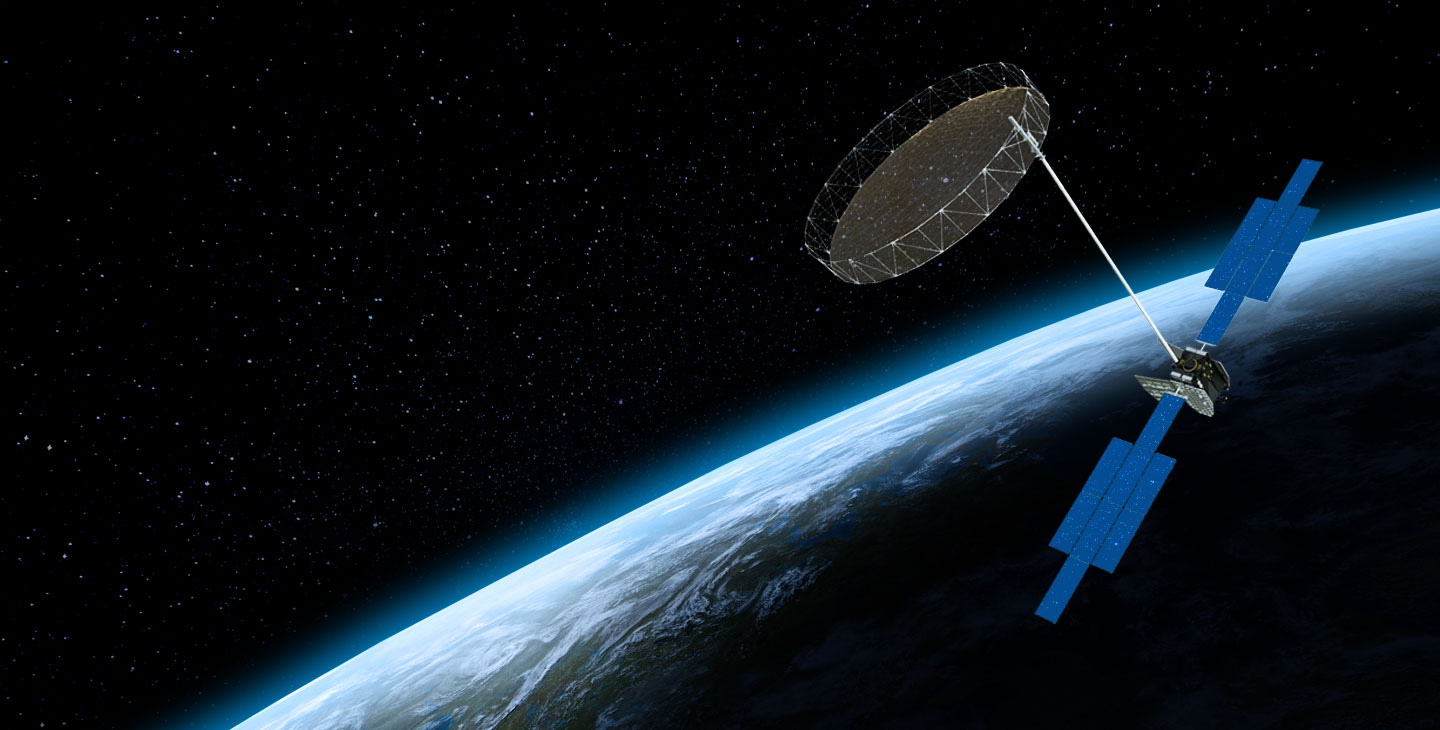
Delta's A321neo can mostly be found flying between the west coast and Hawaii along with certain transcon routes. In selecting ViaSat for being their free WiFi provider Delta was more than likely banking on ViaSat being able to get the ViaSat-3 satellites up and running in a reasonable amount of time as they retrofitted their aircraft. However, with rumors that Delta has started to test their wide bodies with ViaSat systems this could cause additional troubles in the near future if ViaSat doesn't find a solution to their problems.
Supply chain constraints are still a big problem in the aviation industry, I was on a recently acquired A330neo about 6 months ago that wasn't equipped with WiFi because they weren't able to get the satellite receivers in time for delivery.
With long lead times this probably means that Delta has the parts ordered for the rest of their fleet and will become backed up if they have to delay WiFi install due to ViaSat's problems.
The future looks better
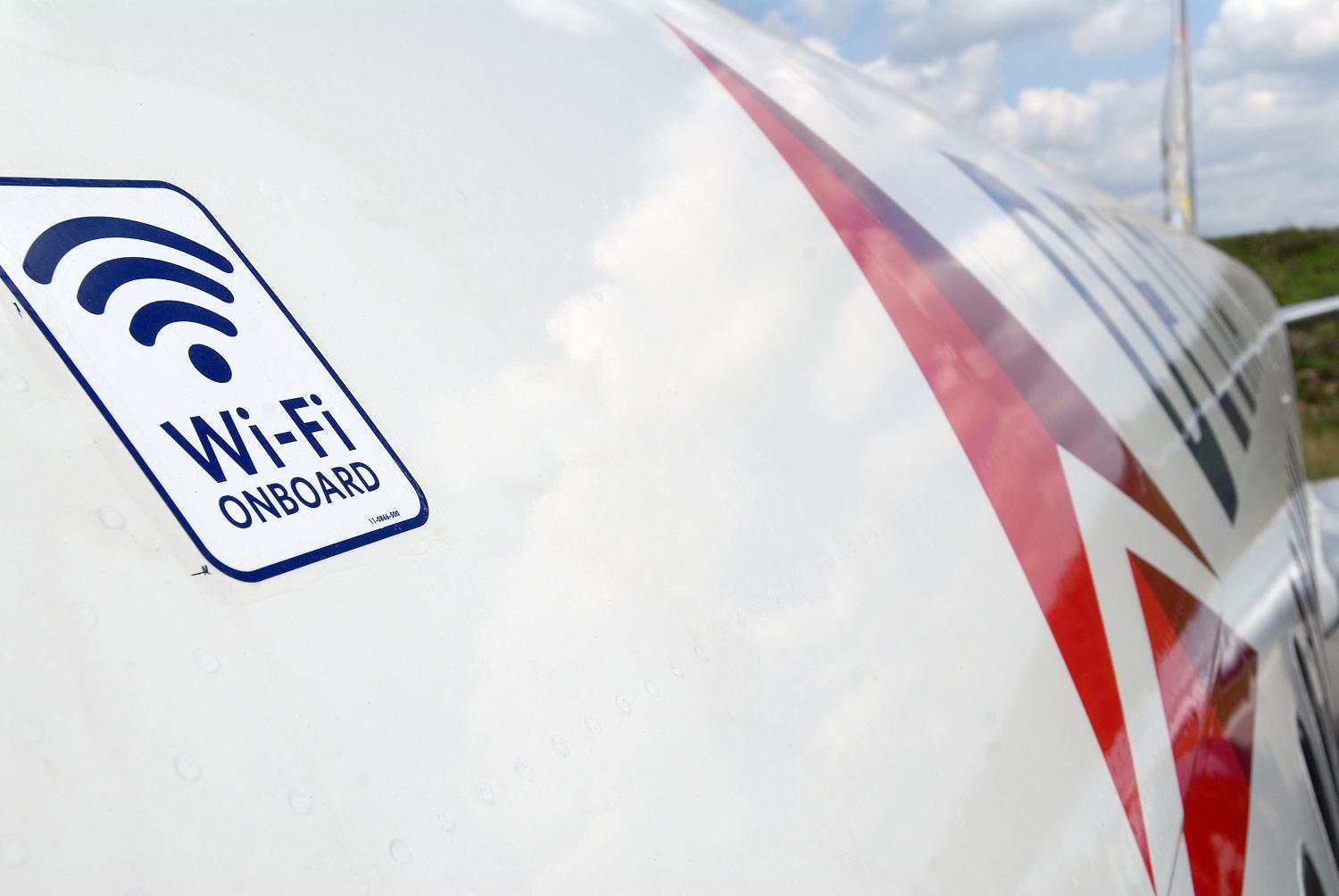
This is arguably a small hiccup for those traveling across the Pacific, ViaSat will come up with a solution. They may have to launch a new satellite or they may be able to come up with a fix to their currently broken one. But soon we will see the two other satellite's launch, and they will cover other parts of the world that Delta jets fly. Hawaii may be delayed however if everything else goes smooth high speed WiFi will be available across the Atlantic and even across Europe which is huge.
Latest releases from ViaSat have said that even with the reflector not at the most optimal position there is still enough bandwidth to support use.
Final Thoughts
Nobody could have predicted that ViaSat-3: Americas would have an issue with deployment and create this huge problem, however I'm confident that ViaSat's engineers are smart and they'll think of something. The short term pain of not having WiFi going to Hawaii is well worth it knowing what's coming, plus if you're going to Hawaii you're probably going on vacation and it's a perfect excuse to just unplug and relax and enter vacation mode. As long as ViaSat-1 stays active I don't think this will affect a majority of the flyers around the United States and will be a small blip hopefully to be resolved soon.


